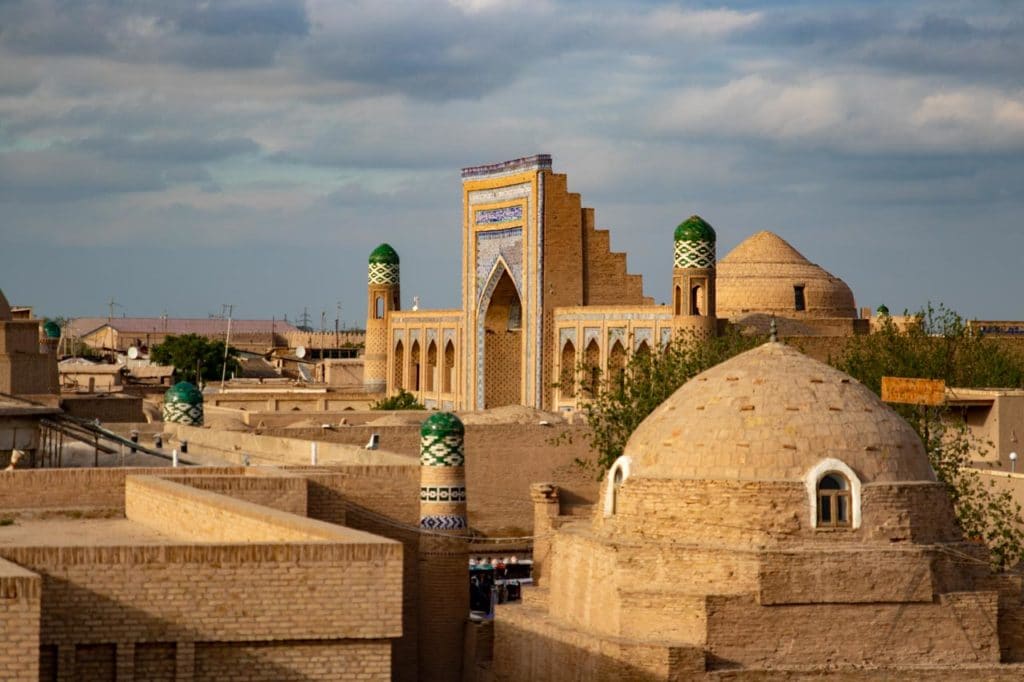The Slave Trade of Khiva
The Slave Trade
Stunning architecture and riches of the Khivan as well as Bukharan palaces also have a darker past. In the 19th century, Khiva was well known for its brutal slave trading market of Central Asia. Each man materially owned at least one personal slave to work his fields. The Russian believed they had lost at least 5000 people into slavery in the region and though the Great Game was in full flow, even British officers intervened with the khans in a request to have Russian citizens released.
Due to its immediate distance to the Karakum Desert in Turkmenistan, Khiva was frequently used as a trading market for slaves captured by the Turkmen tribesmen or Kazakh steppe tribes. The slave market was held in the long passageway at the East Gate of the Ichon-Qala. The slave market started to develop into a big business by the 17th century. At the first half of the 19th century, about a million Persians, as well as an unknown number of Russians (and even Scandinavians) among others, were captured and transported to Khiva before being sold. Many of the slaves were set to work on the construction of buildings in the walled Ichan-Kala in the Royal Court.
Some might say that the Khivan slave market was an impressive example of the free market economy. Slaves were sold as if they were livestock, with the finest physical values setting the highest prices. The slaves were often held by the neck and half-starved to prevent escape. After arrival the unfortunates would be herded into stalls, examined for disease and sold over.

The relative price of human life varied according to supply and demand. Usually demand fell after a battle (lost ones were enslaved) or after the arrival of a huge slave caravan. The price of an artisan was twice the price of a laborer. Russian men were always in demand as workers. One Russian male would cost the equivalent of four camels or two good horses making them more expensive than women or other races. Although Persian women were highly prized too for the harems. According to some data, even some Finnish people along with Russian were held and sold in Khiva. Those with missing ears or noses were mostly avoided as they had been marked as runaway slaves and therefore a bad investment. Slaves with battle scars and more serious damages were sold with a discount since they were not as profitable as healthy ones.
Slavery was officially banned in Bukhara in 1863 and in Khiva shortly after. In reality, it still continued less openly than before with at least the elite still supporting large harems.
Sights near Khiva
Page updated 9.5.2021